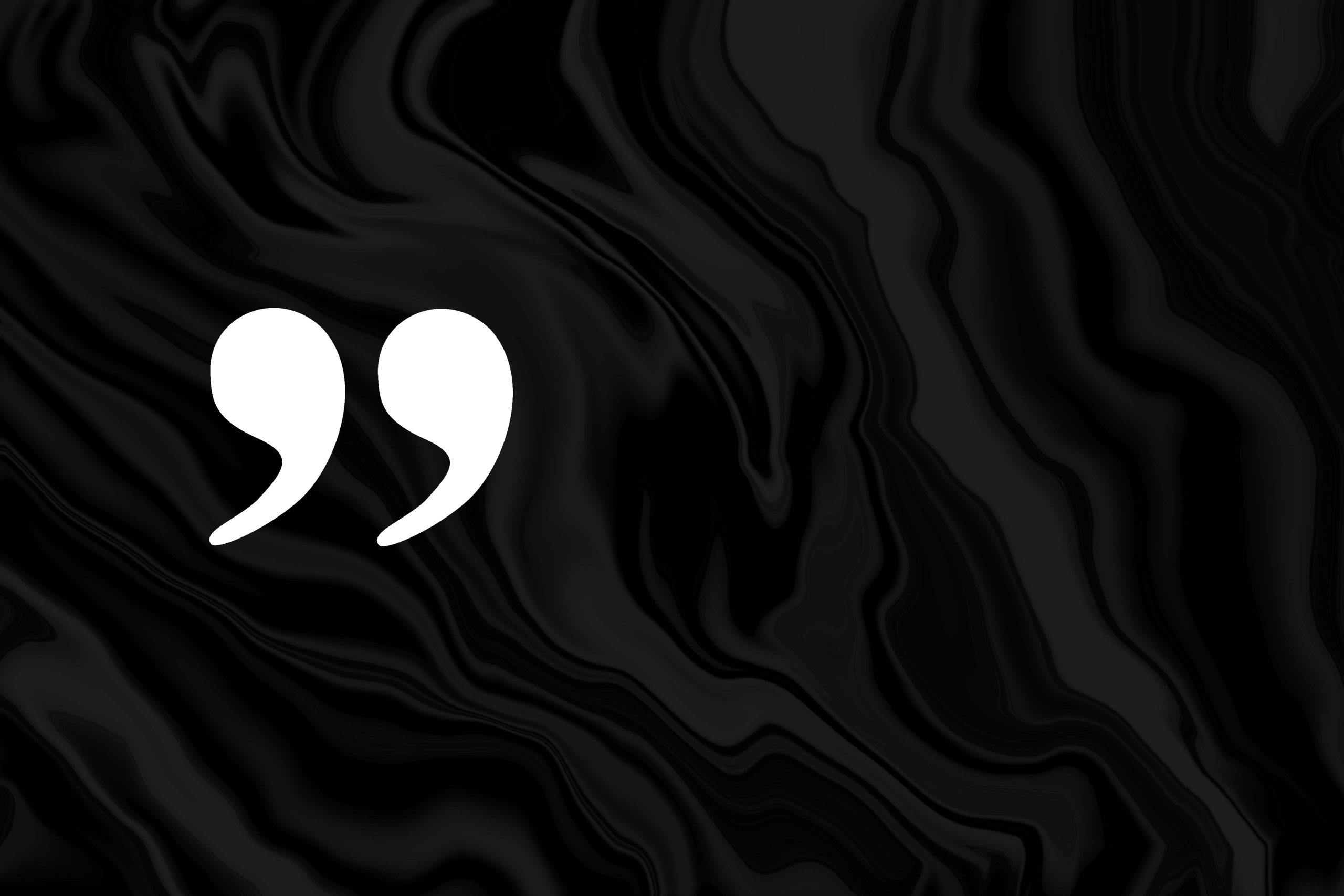Contact Information
WhatsApp: +447488848607
Instagram: @arcdesignagency
Email: info@arcdesignagency.com

WhatsApp: +447488848607
Instagram: @arcdesignagency
Email: info@arcdesignagency.com

Minimalism has evolved beyond just an aesthetic choice in today’s digital world. In web design, minimalism has become a strategy that optimizes user experience, expresses the brand powerfully, and directs visitors’ attention precisely to the intended messages. The philosophy of “less is more” has gained increasing popularity in the design world in recent years. However, understanding what minimalism truly entails and how it should be applied is crucial to using it effectively.
Minimalism aims to create simple, functional designs free of unnecessary elements. The core principles of this approach include the use of white space, a limited color palette, simple typography, and carefully selected visuals. When it comes to web design, these principles enable visitors to explore the site without distraction or fatigue.
The use of white space is one of the most critical elements of minimalism. Also known as negative space, these areas allow the content to breathe and make key elements more prominent. This creates a clean and understandable visual layout for users.
Color palettes in minimalist designs are typically limited. Usually, two or three primary colors are used, creating harmony among them. By keeping the colors limited, attention is drawn to specific elements, creating a cohesive feel across the site.
Typography plays a decisive role in minimalism. Simple, readable, and often sans-serif fonts are preferred. The simplicity of the typography allows users to read the content easily and quickly grasp important information.
A minimalist web design significantly enhances the user experience. By directing users’ attention away from unnecessary elements, it allows them to focus on the primary purpose of the site, whether it is to inform, promote a product, or offer a service. This leads to users staying longer on the site and increasing the likelihood of them taking the desired actions.
Fewer visual elements and less clutter make the site faster. Shorter loading times improve user satisfaction and help achieve better rankings in search engines. Search engines like Google place great importance on user experience and reward fast-loading, user-friendly sites.
Minimalist designs can also more effectively reflect the brand identity. A design stripped of unnecessary details aligns more closely with the essence of the brand, allowing a clear message to be conveyed to visitors. This makes it easier to build brand loyalty and leave a lasting impression on users.
While minimalism is built on simplicity, applying this simplicity effectively can be challenging. Designers need to balance enhancing the user experience with maintaining visual aesthetics. There are a few key points to consider to achieve this balance.
First, content is king in minimalism. The simplicity of the design requires the content to be strong and impactful. Therefore, when creating content, it’s important to use short, concise, and clear text. Users should be able to quickly find the information they need without being overwhelmed by unnecessary details.
Secondly, a user-centered approach is essential. When creating a minimalist design, you must consider how users will interact with the site and what actions you expect from them. Simple and intuitive navigation makes it easier for users to explore the site and quickly access the information they want.
Finally, attention should be paid to the balance between visuals and typography. Minimalist designs have fewer visual elements, so every visual used should serve a purpose. Similarly, simple and clear typography increases user engagement and makes content easily readable.
Minimalism is a powerful and effective strategy in web design. This approach, built on simplicity and functionality, helps to enhance user experience while also allowing the brand to be clearly expressed. However, to apply minimalism correctly, designers need to be careful and ensure that every element serves its purpose. When applied properly, the “less is more” philosophy creates a design that exceeds the expectations of both users and brands.